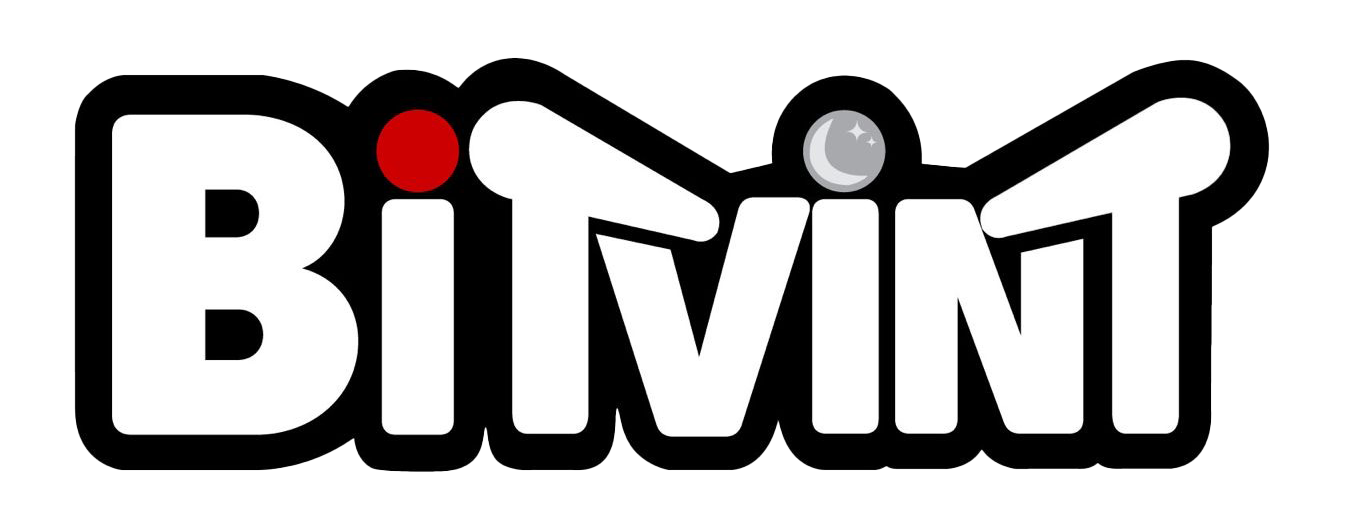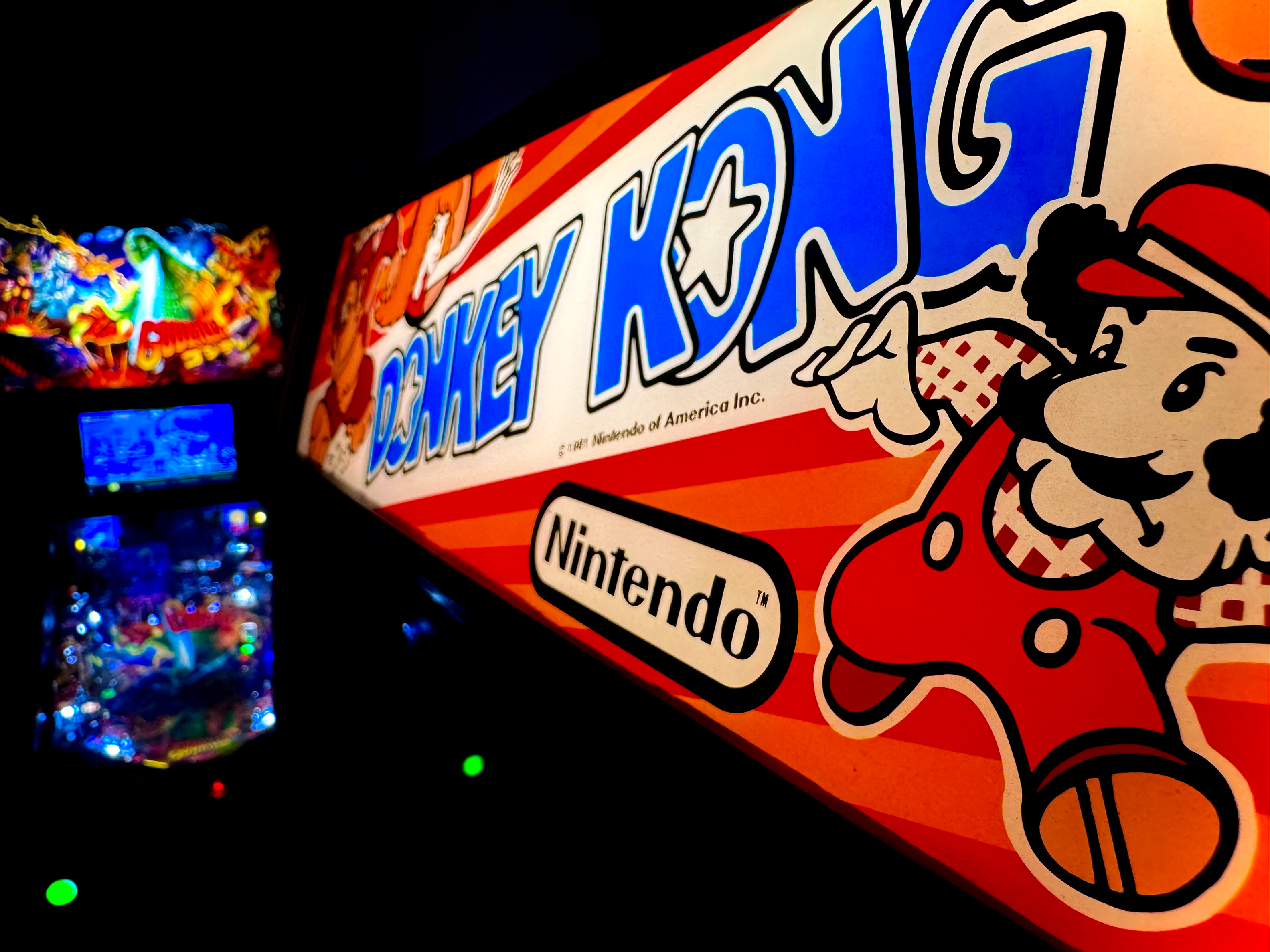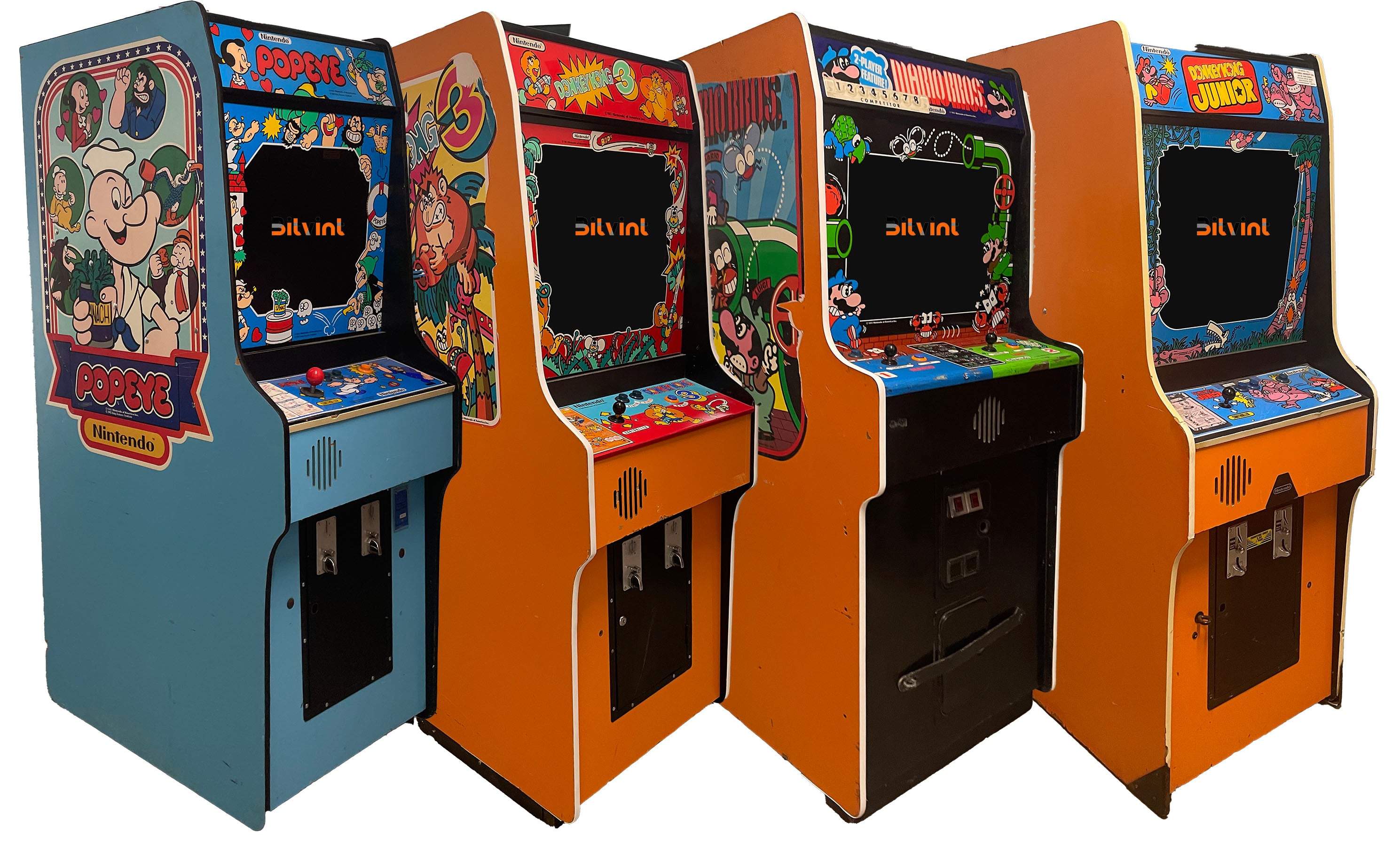Introduction:
When it comes to video game history, few names are as instantly recognizable as Shigeru Miyamoto. Often hailed as the father of modern video gaming, Miyamoto's influence extends far beyond just his iconic creations. From his groundbreaking work in arcade gaming to his lasting impact on home consoles, Miyamoto helped shape the landscape of interactive entertainment for decades. But what exactly was his role in the world of arcade gaming, and how did his innovative design philosophy transform the industry?
In this article, we will dive deep into Miyamoto's role in arcade gaming, from his work on Donkey Kong and Super Mario Bros. to his long-lasting influence on game design. Through his visionary approach, Miyamoto not only changed arcade gaming but helped establish it as a cultural phenomenon worldwide.
Watch the fascinating video on 'How Shigery Miyamoto Became a Video Legend' in the Youtube video by DidYouKnowGaming below.
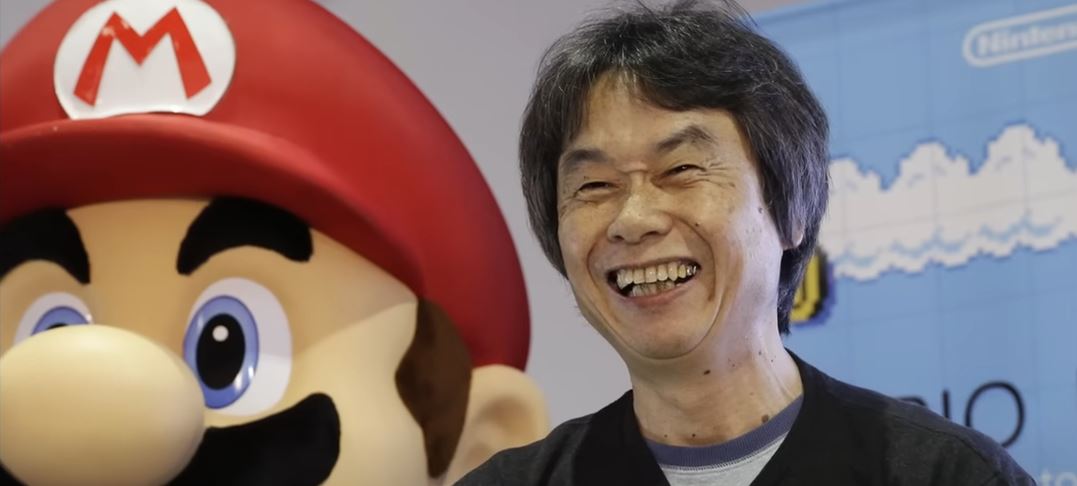
Video
Miyamoto’s Early Days at Nintendo: A Visionary Begins
Before Shigeru Miyamoto became the household name we know today, he was a young artist and designer working at a small Japanese toy company named Nintendo. At the time, Nintendo had been making playing cards, and later ventured into arcade machines. Miyamoto’s passion for art and adventure led him to join Nintendo’s newly formed video game division, where his creative genius would soon shine.
In the early days, Miyamoto was tasked with creating new arcade games, and it wasn’t long before his first major hit, Donkey Kong (1981), would alter the course of arcade gaming forever. Miyamoto, drawing from his love of comics and Japanese folklore, combined simple mechanics with deep narrative elements to create a game that was more than just about scoring points—it told a story and had characters.
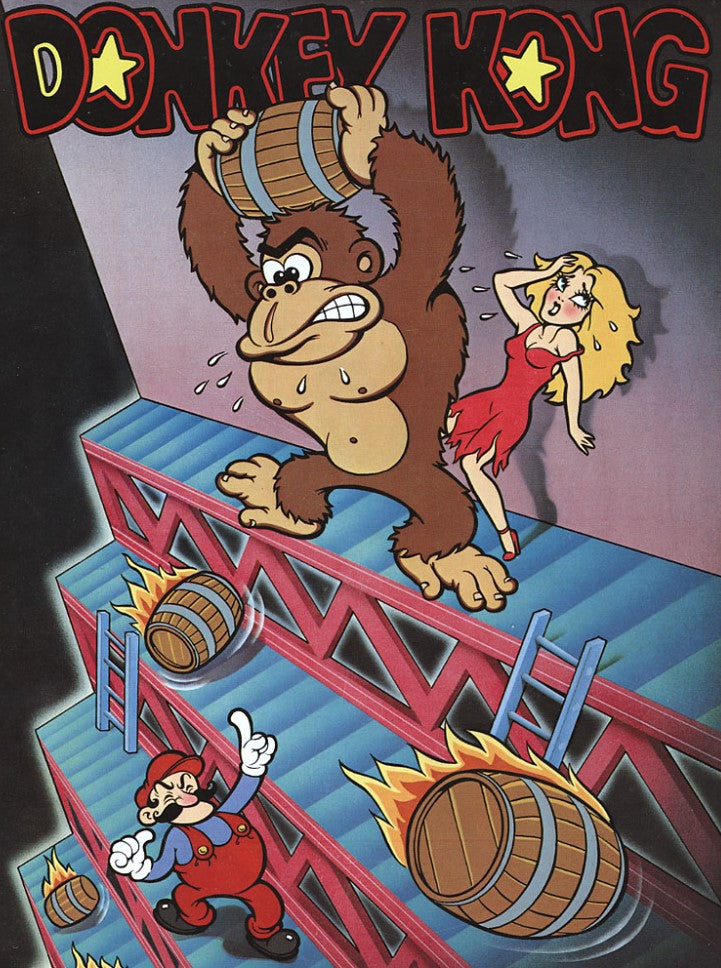
Donkey Kong: The Beginning of a Legacy
Released in 1981, Donkey Kong was Miyamoto’s first major arcade game, and it forever changed the world of gaming. While arcade games up until that point had largely been one-dimensional, Donkey Kong brought a new level of complexity and storytelling to the arcade. Instead of a simple score-chasing mechanic, players were now guiding Mario (then known as Jumpman) through platforms, avoiding obstacles, and rescuing Pauline from the clutches of the giant ape, Donkey Kong.
Why Donkey Kong Was Groundbreaking:
- Character Design: Miyamoto introduced Mario, a character who would go on to become one of the most recognizable figures in gaming history.
- Storytelling: Donkey Kong introduced a basic narrative arc to an arcade game, where players were motivated not just by high scores but by progression and story completion.
- Innovative Gameplay: The multiscreen gameplay of Donkey Kong was a significant step forward. The player had to navigate through multiple levels, each with its own set of challenges.
Donkey Kong was an instant success, catapulting Miyamoto into the spotlight and laying the foundation for the future of arcade gaming.
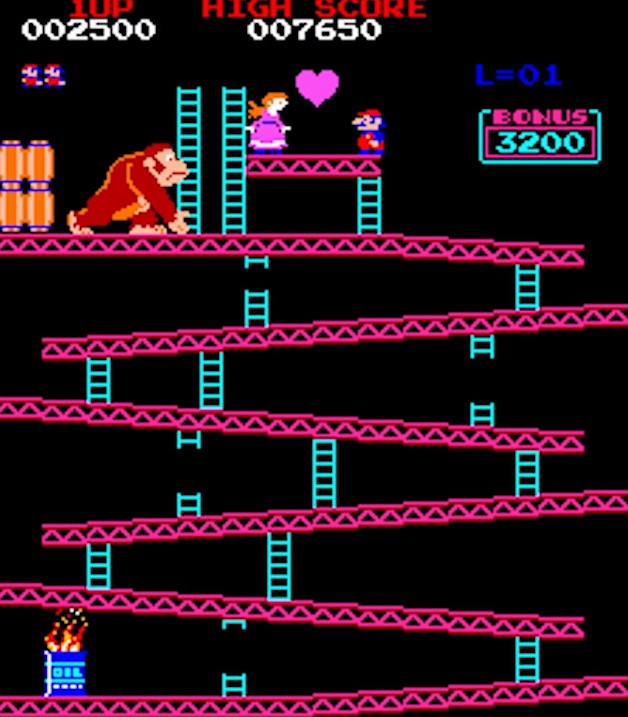
Super Mario Bros: A Game-Changer for Arcades and Consoles
While Donkey Kong established Miyamoto as a force in arcade design, it was Super Mario Bros. (1985) that would cement his place in gaming history. Released in arcades (before becoming a massive success on the Nintendo NES), Super Mario Bros. revolutionized the concept of platform gaming and created a whole new genre that would define home consoles for decades.
Super Mario’s Revolutionary Design:
- Side-Scrolling Action: Super Mario Bros. introduced the side-scrolling platformer—a genre that would go on to become a staple in both arcade and console games.
- Gameplay Depth: Miyamoto’s innovative design allowed players to explore a vast world, encountering secret passages, hidden areas, and new challenges. The design was non-linear yet progressive, meaning players could always find new ways to engage with the game.
- Mario as a Brand: The game’s success helped establish Mario as a cultural icon and laid the foundation for the Nintendo brand. Mario’s signature look, personality, and charming design would be integral in building Nintendo’s legacy in the years that followed.
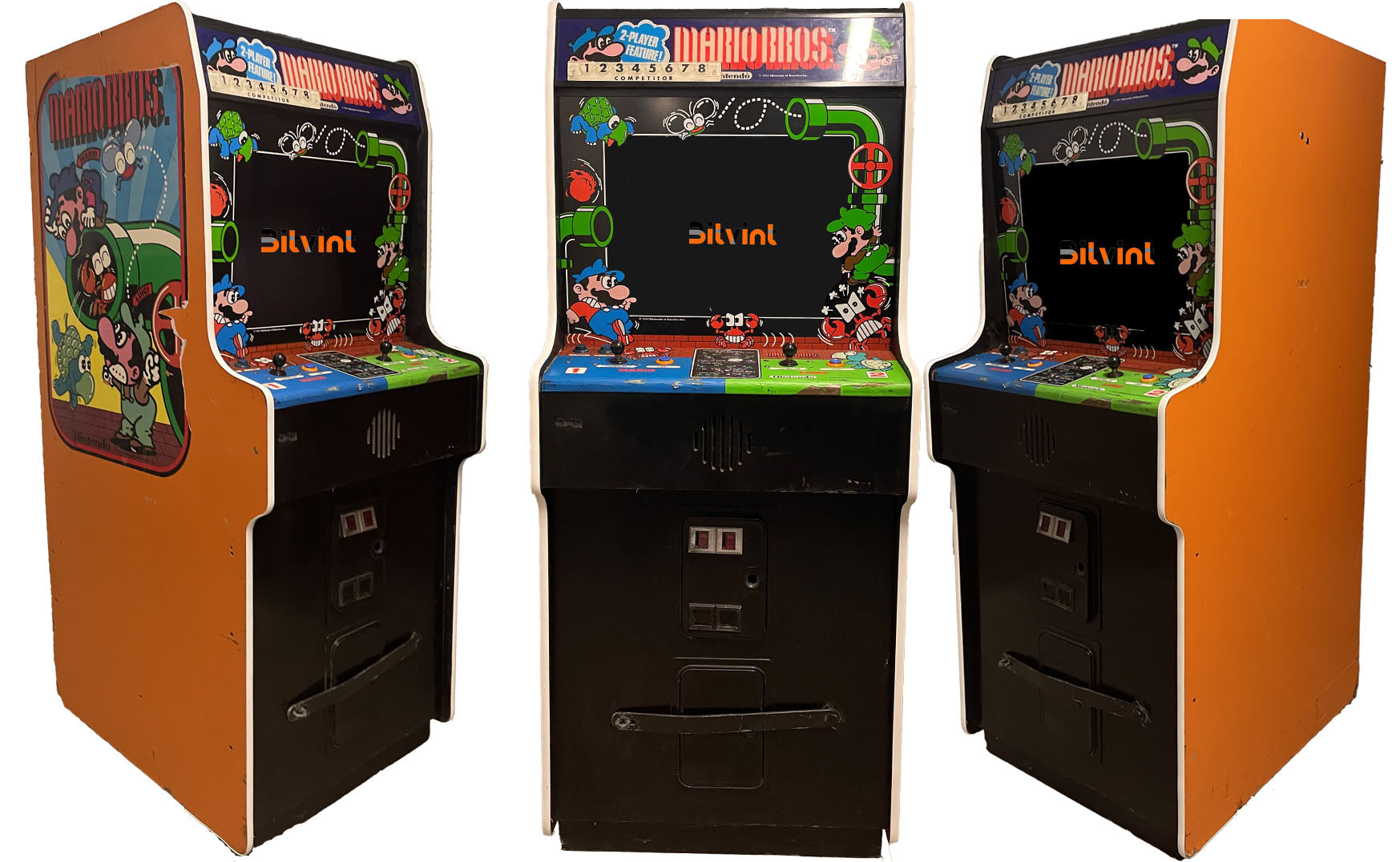
Miyamoto’s Influence Beyond Games
Miyamoto’s work didn’t stop with creating groundbreaking games. His influence extended into the philosophy of game design itself. While traditional games were focused on high scores and quick gameplay, Miyamoto emphasized the importance of engaging experiences, player satisfaction, and artistic value. This approach has influenced the design of many modern games, from arcade classics to modern console games.
Key Principles:
- Accessibility and Fun: Miyamoto’s games have always prioritized making them fun and accessible to players of all ages. His designs were meant to be enjoyed by a wide range of players, from beginners to seasoned gamers.
- Imagination: Miyamoto’s designs encouraged players to engage their imagination, creating worlds where players could explore, experiment, and discover new things.
- Innovation Over Technology: While Miyamoto has embraced new technologies, his core belief is that gameplay and player experience are always more important than the latest technology. His games often relied on simple mechanics but delivered rich, engaging experiences.
The Lasting Impact of Miyamoto in Arcade Gaming
Miyamoto’s legacy is woven into the fabric of arcade gaming. His games—Donkey Kong, Super Mario Bros., and others like The Legend of Zelda—changed the way people experienced games. They brought storytelling, innovative mechanics, and character-driven narratives to an otherwise mechanical space. Games like Donkey Kong were a revolution in the arcade scene, transforming what was once a simple means of entertainment into an immersive world of creativity and interactive play.
Beyond arcades, Miyamoto’s influence expanded into home consoles, mobile games, and even theme park attractions, proving his ability to transcend the boundaries of gaming media. Today, Nintendo’s influence on the gaming industry is largely thanks to Miyamoto’s visionary leadership in both arcade and console gaming.
Miyamoto’s Legacy in Modern Arcade Games
Even though arcades are no longer the dominating force they once were, Miyamoto’s legacy lives on in every modern pinball machine, arcade cabinet, and home console game. Games like Mario Kart, Donkey Kong Country, and even Super Mario Odyssey continue to carry the torch of innovative game design that he pioneered.
Many modern pinball machines and arcade games still carry the spirit of Miyamoto’s design philosophy—engaging, immersive, and incredibly fun.
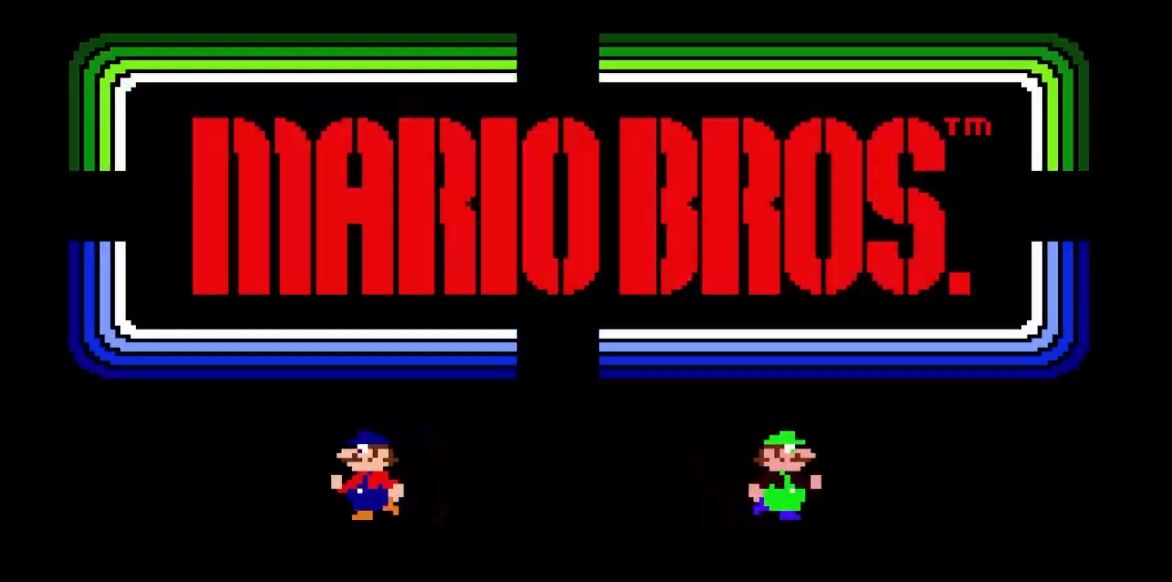
Conclusion: Shigeru Miyamoto – The Architect of Arcade Gaming
Shigeru Miyamoto’s impact on the world of arcade gaming cannot be overstated. From his innovative work on Donkey Kong to his creation of Super Mario Bros. and the platforming genre, Miyamoto has shaped the gaming industry in ways that continue to influence game developers, designers, and players worldwide.
His games have left a lasting imprint on arcades, home consoles, and even modern digital experiences, and his philosophy of design—centered around fun, creativity, and innovation—remains a foundational element of game development today.
Miyamoto’s vision will forever be remembered as the spark that ignited the arcade revolution and beyond.
Want to lear more about Miyamoto? Check out these awesome sites:
- Nintendo's official website and their history.
- IGN's article on Miyamoto.
- Wikipedia's dedicated page on Miyamoto.
Questions you might have:
Who is Shigeru Miyamoto?
Shigeru Miyamoto is a renowned Japanese video game designer and creator, often referred to as the "Father of Modern Video Games." He's responsible for creating iconic franchises like Mario, Zelda, and Donkey Kong.
When did Miyamoto create Donkey Kong?
Shigeru Miyamoto created Donkey Kong in 1981 while working at Nintendo. It marked his debut as a game designer and introduced characters like Jumpman (later known as Mario) and Donkey Kong.
What is the story behind Donkey Kong?
Donkey Kong follows Jumpman's journey to rescue a damsel in distress, Pauline, from the clutches of the giant ape, Donkey Kong. The game's innovative platforming mechanics and narrative helped shape the arcade gaming landscape.
What was Miyamoto's inspiration for Donkey Kong?
Miyamoto drew inspiration from the idea of a carpenter battling a giant ape atop construction scaffolding. The constraints of the hardware led to creative solutions, like using barrels as obstacles.
What impact did Donkey Kong have on Mario's creation?
Jumpman, the protagonist of Donkey Kong, evolved into Mario, the iconic plumber. The success of Donkey Kong set the stage for Mario's future adventures and the development of the Super Mario series.
Did Donkey Kong lead to the rivalry between Mario and Donkey Kong?
Yes, the rivalry began with Donkey Kong, as Donkey Kong (the character) returned as Cranky Kong in later games, leading to a dynamic relationship with Mario.
How did Miyamoto's approach to game design influence Donkey Kong?
Miyamoto's focus on accessible gameplay, engaging characters, and innovative mechanics is evident in Donkey Kong's design, contributing to its lasting popularity.
Did Miyamoto continue to work on Donkey Kong-related projects?
Yes, Miyamoto remained involved in various Donkey Kong titles, overseeing their development and contributing to their design and direction.
